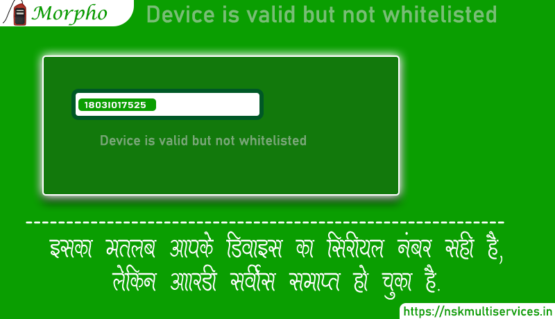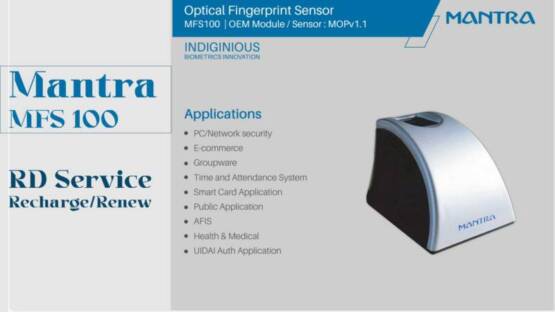MDR – Full Form
Merchant discount rate or MDR is the amount charged to a merchant for processing payment services on the digital payment terminals.
The MDR is charged by banks on credit and debit card payments accepted from customers for any services availed or items purchased. Usually, retailers set up the service and thereafter accept to agree or decide to the rate before permitting credit/debit cards payment. Merchant discount rate is often known as Transaction discount rate – TDR.
Merchant discount rate encompasses all the charges and taxes when a digital payment is done. It includes the following participants –
- Bank
- POS terminal supplier
- Payment network provider
It could or could not embody miscellaneous charges such as cross-border fees, interchange fees, zero-limit charges and so on.
How MDR works?
MDR charge is expressed in percentage of the total transaction amount. It is processed with each and every transaction done on payment terminal. Merchants usually pay 1% to 3% fee for the processing of payments for every transaction. Rates can differ as it depends on factors like level of business, types of cards used by the consumer, and the value of the average transaction. Let’s understand with an example.
Assume you are the customer who goes to a shop and purchase a product. Here the shop is the retailer or merchant. You make the payment using a credit card or debit card. The payment transaction is facilitated by the merchant using a POS terminal. As soon as the payment is made, the bank charges MDR to a merchant. The collected fee is then shared between the issuer of the card, payment network, and the POS terminal provider.
MDR and Non-bank payment service providers
With the aim of supporting the digital economy and cashless society, the government has announced certain measures in the budget session 2019. The government decided not to impose MDR on merchants or consumers.
In her Budget speech in July,2019 Sitharaman had proposed that businesses should offer low cost digital modes of payment such as BHIM UPI, UPI QR Code, Aadhaar Pay, Debit Cards, NEFT, RTGS etc. to their customers, and no charge or MDR shall be imposed on customers to promote digital payment.




